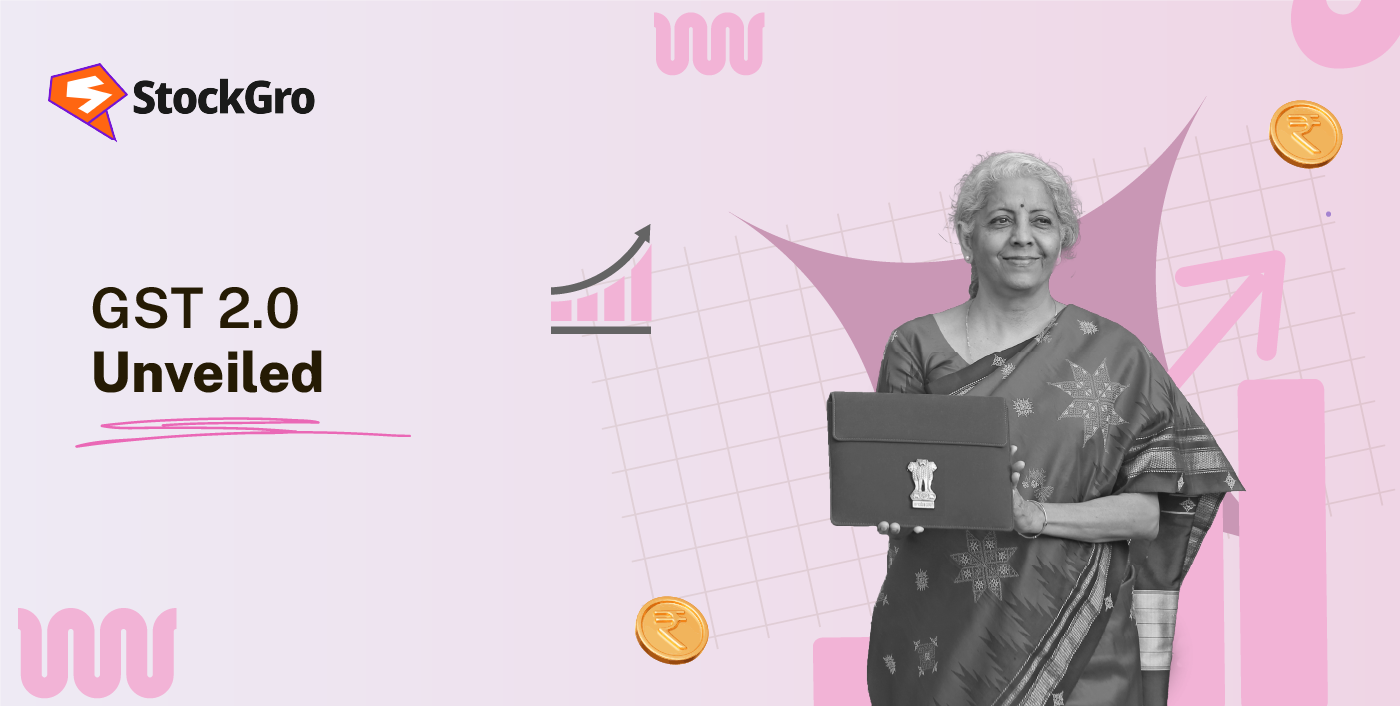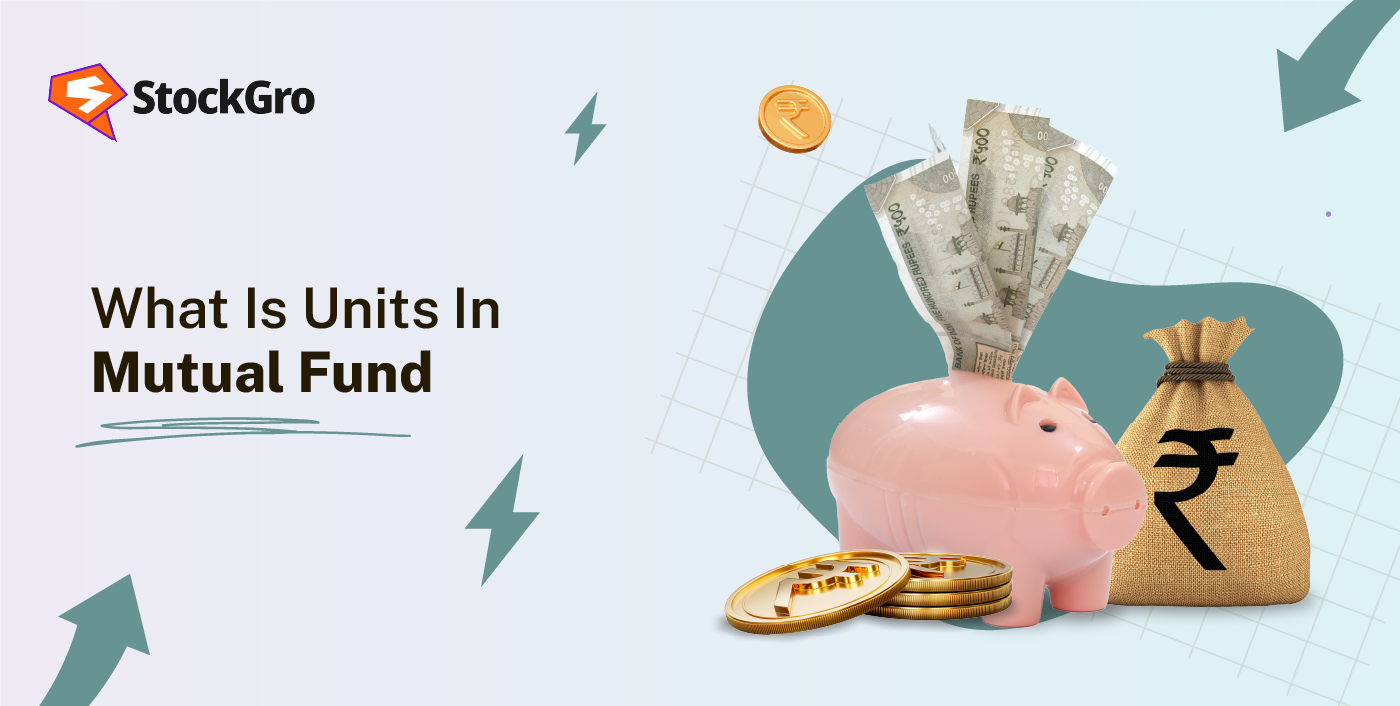
In a major move to simplify the Goods and Services Tax (GST) system, the GST Council unveiled the long-awaited GST 2.0 reforms during its 56th meeting. The most notable change is the introduction of a two-slab structure, with 5% and 18% rates, aimed at lowering the tax burden on everyday consumers and businesses. The new structure will come into effect from September 22, 2025—the first day of Navratri, marking a significant shift in India’s tax landscape.
The key changes in GST 2.0
The new GST structure simplifies the existing multi-tier system by eliminating the 12% and 28% slabs. Under the GST 2.0 framework, the rates are split into:
- 5% for essential goods and services
- 18% for other goods and services
- 40% for sin goods like tobacco, luxury cars, and sugar-sweetened beverages.
The 40% demerit rate will apply to items that have high societal costs, such as pan masala, cigarettes, and luxury cars. These items were previously taxed at higher rates but now face a higher slab due to their potential negative impacts on health and society.
You may also read: GST and Income Tax Impact on Stock Market Sectors
Relief for common man and businesses
One of the key goals of GST 2.0 is to bring relief to consumers, especially the middle class and farmers. A range of essential goods has seen tax cuts, which will lower the overall cost of living for everyday citizens. Here are some notable changes:
- Food items: Pasta, juices, butter, cheese, and packaged milk are now taxed at 5% (down from 12% or 18%).
- Medical supplies Oxygen, gauze, and diagnostic kits, are also taxed at 5% (down from 12%).
- Healthcare: The GST exemption on individual health insurance policies is another major reform aimed at making insurance more affordable.
Additionally, some of the biggest changes are:
- White goods like air conditioners, television sets, and dishwashers will now be taxed at 18%, down from 28%.
- Small cars (with engines under 1200cc) will now see 18% GST, down from 28%, making them more affordable for the middle class.
- Electric vehicles (EVs) will continue to be taxed at 5% to promote sustainable mobility.
Impact on the stock market
The impact of GST 2.0 on the stock market is expected to be positive, particularly for companies in consumer goods, automobiles, pharmaceuticals, and healthcare.
- Consumer Goods Stocks:
With the tax cuts on daily use items, consumer goods companies like Hindustan Unilever, Dabur, and Britannia are expected to benefit from higher consumer spending. As these companies pass on the benefits of lower prices to consumers, sales are likely to increase, leading to positive stock movements. - Automobile Stocks:
The automobile sector is likely to see a surge in demand, especially for small cars and motorcycles. Companies like Maruti Suzuki, Tata Motors, and Bajaj Auto will likely benefit from lower GST rates, making their products more affordable to the masses. However, luxury cars and hybrids will face a 40% GST, potentially dampening growth in the premium segment. - Pharmaceutical and Healthcare Stocks:
Pharmaceutical companies and health insurers stand to benefit from the exemption of GST on health insurance premiums and the lower GST on medical goods. Stocks in the pharma and insurance sectors will likely see positive growth due to these changes, as healthcare becomes more accessible to the masses. - Real Estate:
The real estate sector will also see a positive impact from the GST 2.0 reforms. Lower tax rates on construction materials and simplified GST compliance for developers will reduce costs, making housing more affordable. Stocks of real estate developers like DLF, Godrej Properties, and Oberoi Realty may see a boost as demand for affordable housing increases.
You may also like: GST Reforms 2.0: Will cheaper goods fuel a consumption rally in FY2025-26?
What’s next for GST 2.0?
While the two-slab structure is expected to simplify the tax system, there are still concerns over potential revenue loss for states. Some states have raised concerns over the possible revenue shortfall, with estimates ranging from Rs 80,000 crore to Rs 1.5 lakh crore. However, the GST Council believes that the long-term benefits of the rate cuts and simplified system will outweigh the initial loss, as demand in sectors like automobiles, consumer goods, and real estate is expected to rise.
You may also like: What You Need to Know About GST for Intraday Trading
Conclusion: GST 2.0 – a game-changer for the Indian economy
The GST 2.0 reforms mark a bold step in simplifying India’s tax structure and boosting economic growth. The reduction in tax rates on essential goods, healthcare, and consumer products will provide immediate relief to consumers, while tax cuts for businesses will promote a simpler and more efficient system.
For investors, the changes are likely to bring optimism to the stock market, especially in consumer-facing sectors. The two-slab GST system will also pave the way for more predictability and ease of compliance, benefiting businesses and small traders.
With the new system set to roll out on September 22, 2025, GST 2.0 is expected to be a game-changer for both the Indian economy and the stock market.

